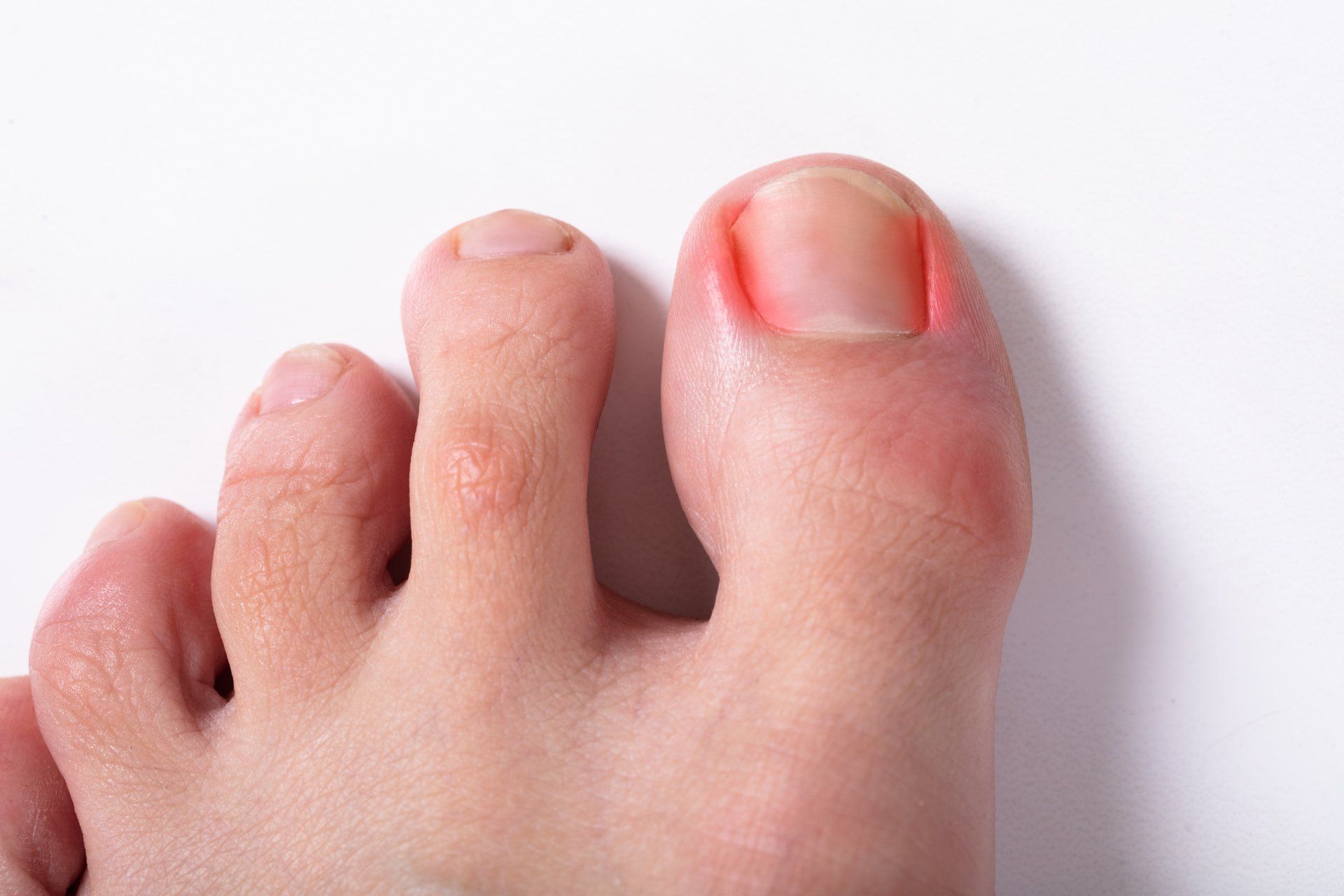During the winter, when you bundle up with extra layers, coats, and scarves to keep warm and defend against the cold–don’t forget about your feet! The dry winter air can steal moisture from your skin and feet, making the dead skin around your heels likely to harden and crack. Read on to learn about how to protect your feet and prevent cracked heels this winter.
CRACKED HEELS & WINTER
Though cracked heels can occur at any time of the year, they are a common winter ailment. The winter means cold, dry air with little humidity drying out your skin. While most people remember to keep themselves warm, it can be easy to forget about foot care! Your feet are naturally dryer than other areas making them more prone to dryness and cracking during the winter months.
If you already have a buildup of dead skin and callus on your heels, the cold wind and blasting heat from indoor heaters can dry your feet out leading to painful splits and cracking in your skin.
CAUSES
Seasonal dry skin can cause cracked heels, but other factors to consider may include:
- Frequent hot showers
- Improper footwear
- Standing for long hours
- Using harsh soaps that strip your skin of natural protective oils
- Walking around barefoot
Certain medical conditions such as diabetes, vitamin deficiency, fungal infections, psoriasis, obesity, and pregnancy may also lead to dry skin and cracked heels. If you have an underlying medical condition, speak with your doctor before seeking treatment.
In some cases, cracks can lead to infection or make walking painful. If you suspect infection or have difficulty placing weight on your feet, contact your doctor.
WHAT CAN I DO TO PROTECT MY FEET THIS WINTER?
FOOT SOAK
Soaking your feet regularly in lukewarm water can help keep your feet feeling soft and smooth. Do not use hot water as it will strip away protective oils and leave your skin prone to dryness. Add Epsom salts, essential oils, oatmeal, buttermilk, and honey to add extra moisturizing properties to the water.
Soak your feet for 20 minutes and gently pat your feet dry before exfoliating or adding a moisturizer.
EXFOLIATE
After your soak, gently exfoliate your feet with a pumice stone or foot file to remove dead skin and smooth down calluses. If calluses become too thick, they can lose their elasticity and flexibility causing cracks when you move or if friction occurs.
If you use a pumice stone remember to clean it and rinse it well every few weeks to remove bacteria and dead skin.
If you notice rough calluses or cracks in your heel, it can be tempting to pick at them. Do not shave, peel, or pick away at your skin on your own. Schedule an appointment with your podiatrists for treatment to prevent injury or worsening the condition of your feet.
MOISTURIZE
Once you’ve soaked your feet or finished exfoliating, remember to moisturize! Invest in a good quality balm or ointment that you can apply daily in the morning and night.
Be consistent and apply to your feet daily. After you shower, try to moisturize within 10 minutes to keep your skin soft, smooth, and healthy. Massage the product into your feet and trap in extra moisture with cotton socks or silicone heel covers overnight.
HYDRATE
Make sure you stay hydrated by drinking plenty of water throughout the day. In dry winter climates, it is easy for your skin to dry out so drink more water during the day to keep your skin hydrated and prevent dryness.
A humidifier can help to restore moisture into the air while you sleep to help prevent your skin from becoming too dry, irritated, or itchy this winter.
COMFORT
Avoid standing in one position for too long and invest in shoes or custom inserts with cushioned heels. Make sure your shoes are not too loose or tight to prevent friction or additional pressure on your feet.
It’s winter and cold outside! As you bundle up and get ready for this holiday season, remember to consider your feet, and take off them with these tips! In many cases, cracked heels may not be cause for concern and you can treat them at home with over-the-counter remedies. However, if you have a severe case or an underlying medical condition, it is important to speak with your doctor to prevent any complications. For more information on how to prevent dry, cracked feet this winter or to schedule an appointment, contact Ankle & Foot Associates today.


